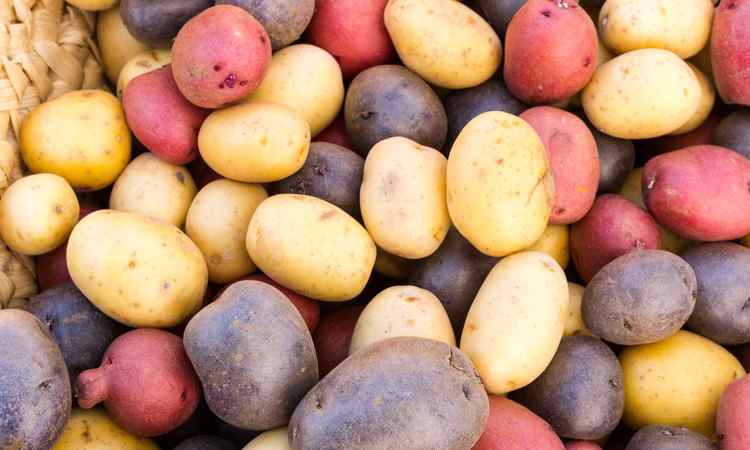The cultural values of the Quechuas and Aymaras, indigenous people of the Peruvian Andes, are helping to protect their environment and promote biodiversity. The Andean saying “criar y dyarse criar” means “to nurture and let oneself be nurtured” or “to raise the world [as one raises children and crops] and let oneself be raised by it.” It reflects the harmonious and mutually beneficial relationship Andean people have with their environment. For the Quechuas and Aymaras, harmony is something that must be procured, and agriculture is important to the continuance of life.
“Cultural and Spiritual Values of Biodiversity,” a publication of the U.N. Environment Programme (UNEP), describes the belief in the interconnections between all life in the Andes, and the reciprocal nature in which all living things exist and flourish. According to Quechuas and Aymaras, the living world is comprised of three communities: sallqa (nature), runas or jaques (humans), and wacas (deities). The plot of land for used for cultivation, called the chacra, is the place where these three communities meet, and where nurturing takes place. Additionally, kinship groups are not limited to humans, but include the local landscape.
In building harmonious relationships with the land, the people of the Peruvian Andes developed unique agricultural practices. Over 3,000 years ago, a farming system called waru-waru developed in the high altitudes of the Andean plains. According to the U.N. Educational, Scientific and Cultural Organization (UNESCO), which introduced a waru-waru restoration project in 1991, waru-warus make it possible to cultivate land that is poor, low-lying, flood-prone, or subject to drought and frost. Waru-warus are made from excavated soil that leaves shallow canals. These are filled with water to create a microclimate that protects against frost, provides water during drought, and drainage during rain. The system also works to keep out insects and pests. The UNESCO waru-waru restoration project found that this ancient system reclaimed marginal lands and improved soil production in an efficient and productive way.
In addition to finding holistic management of agricultural systems in the Peruvian Andes, Peru is also home to over 4,000 potato varieties and other diverse crops such as beans, maize, quinoa, mashua, oca, tarwi, and wheat. Preserving this astounding biodiversity of potato crops in the Andes is not only important for indigenous Andeans, but also for global food security. According to the International Potato Center, the potato is the third most important crop in the world for human consumption. In the Andes, potato biodiversity ensures that there will always be something to eat because each potato is adapted to resist certain environmental factors, according to a report by Katya Losch presented to the International Climate Initiative.
Quechuas and Aymaras hold a unique worldview based upon reciprocity, a worldview that in turn promotes sustainable agriculture and crop biodiversity. The complex understanding and knowledge of the people and the land is summarized by Peruvian academic Eduardo Grillo Fernandez in The Spirit of Regeneration: Andean Confronting Western Notions of Development, “In our living Andean world all of us who exist are alive: non only humans, animals and plants but also the stones, the mountains, the rivers, the gorges, the sun, the moon, the stars and so on. In our world we live the equivalence of the diverse, the heterogeneous, because here the mosquito, the frog, the frost, the hail, the fox, the human, the mountain, the river, the stars are all indispensable in the delicate nurturance of our harmony; because only this, our exuberant diversity, knows how to nurture our harmony, the one that belongs here, the one which knows how to nurture us.”













